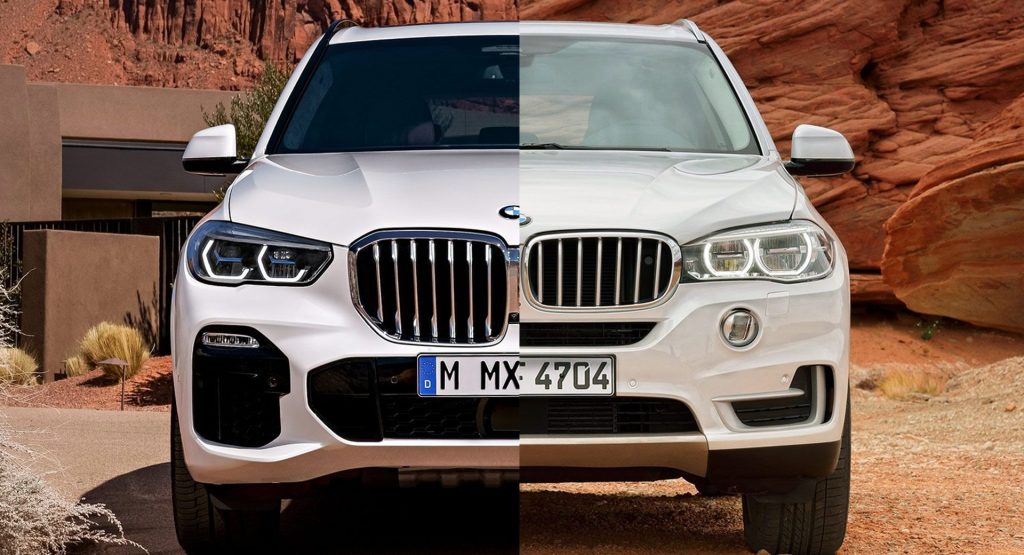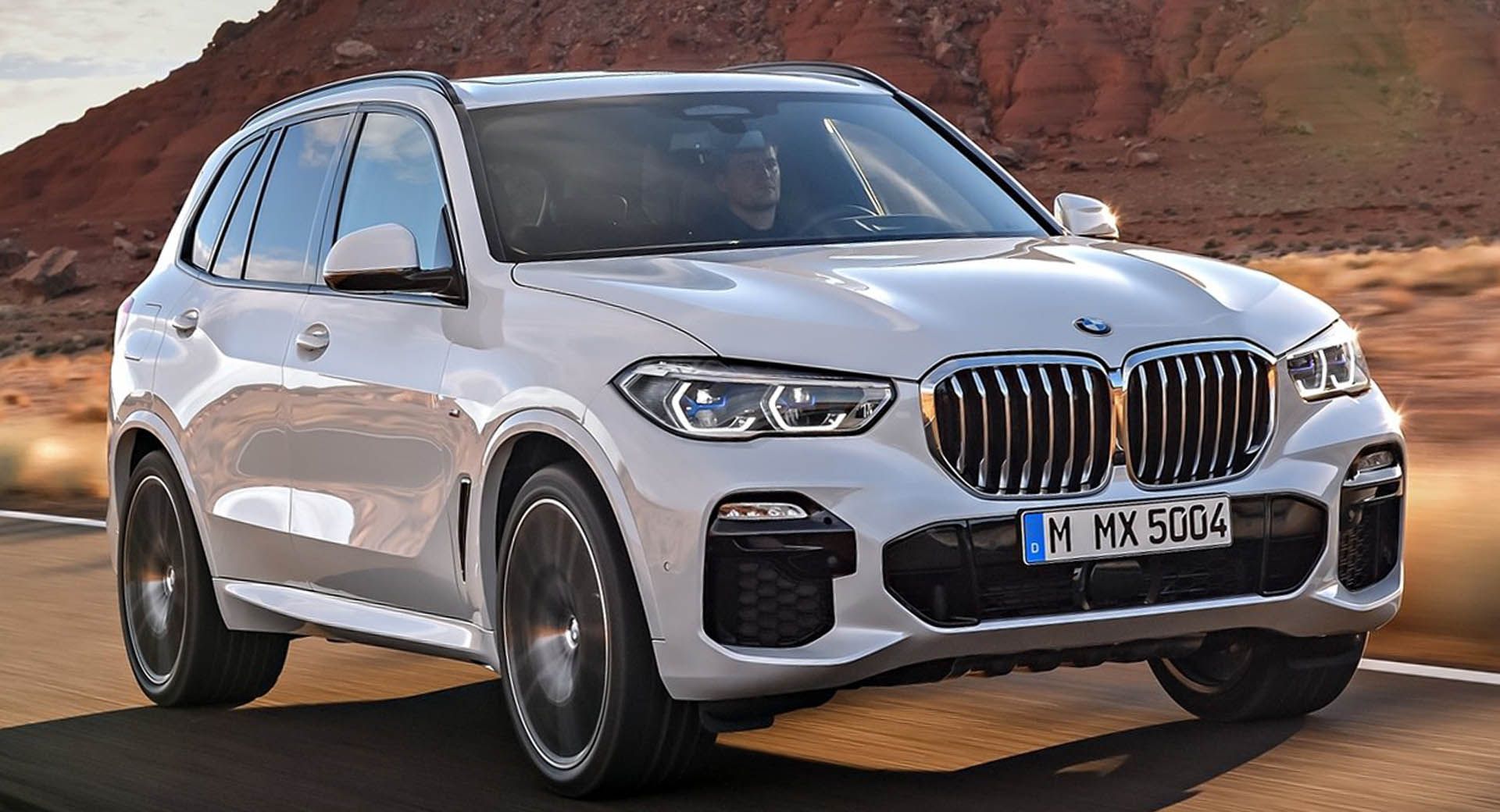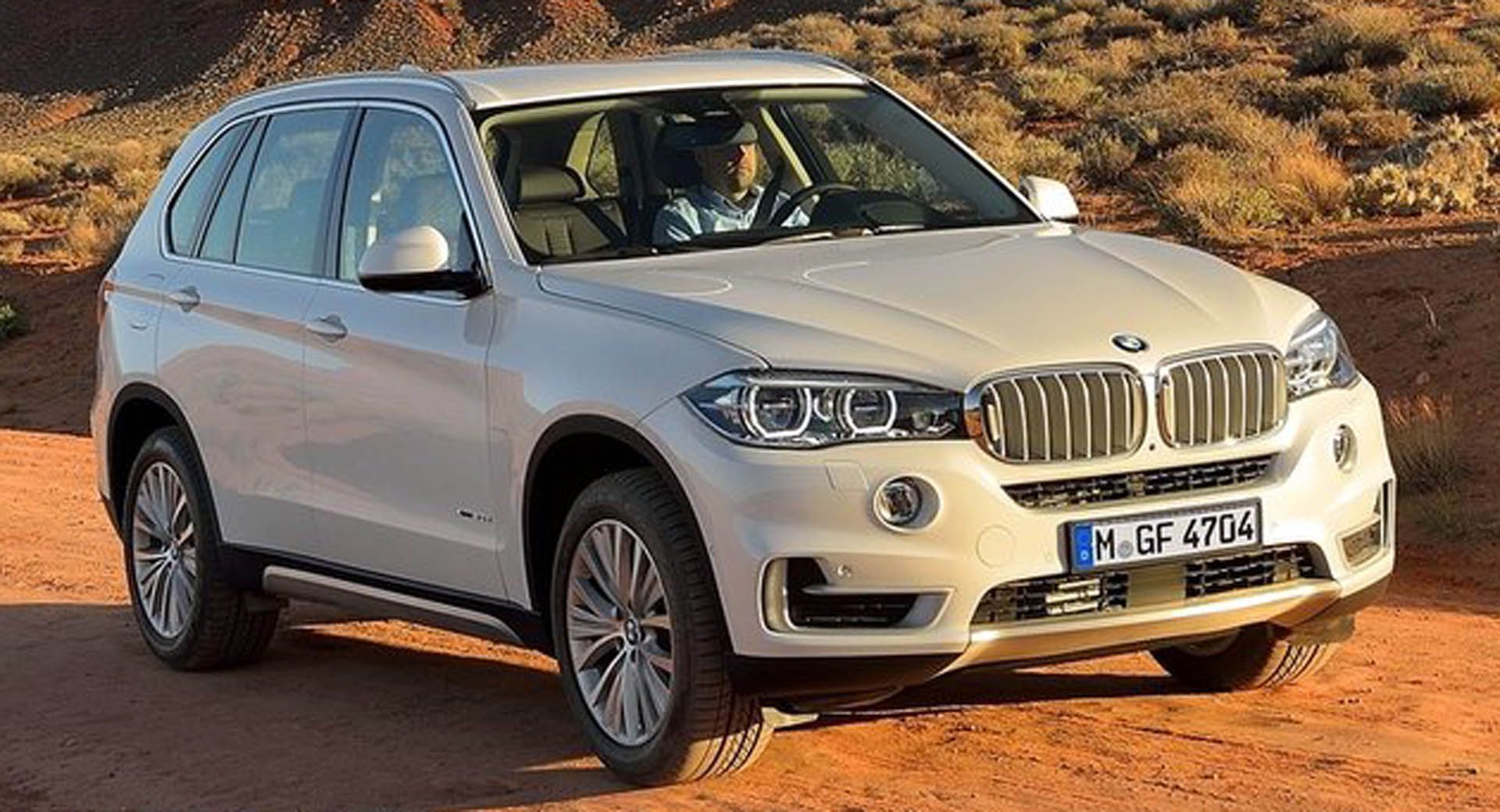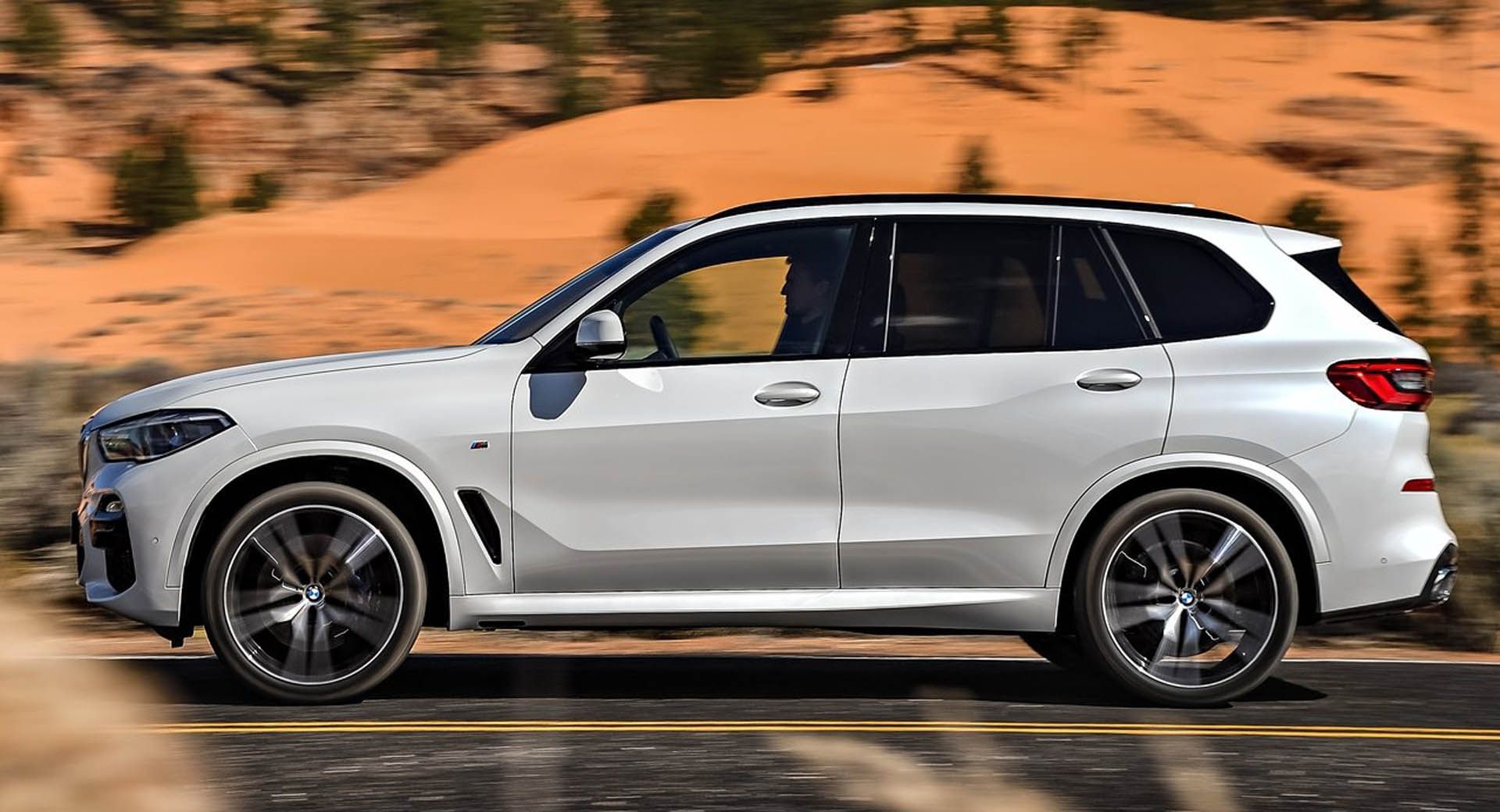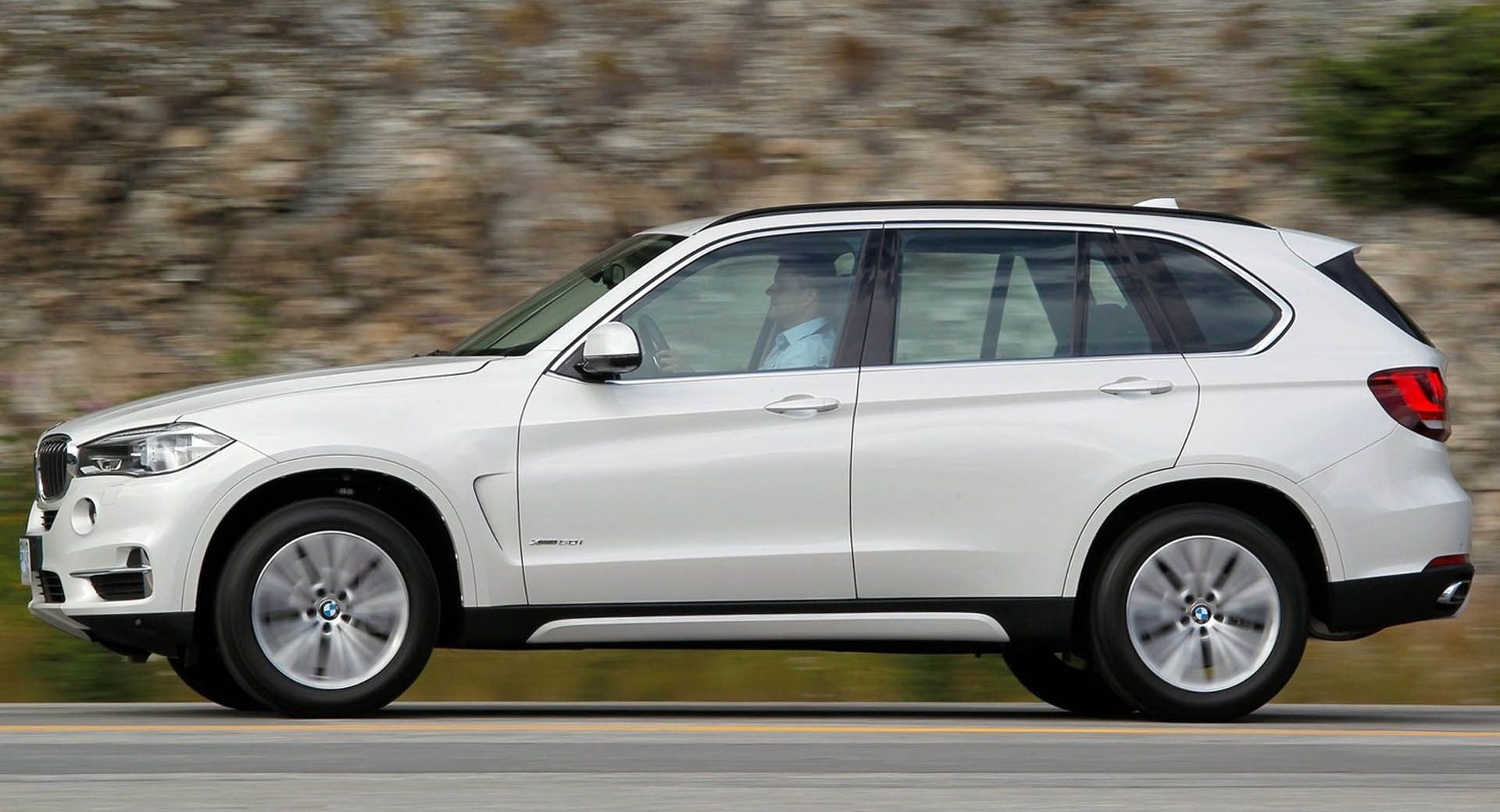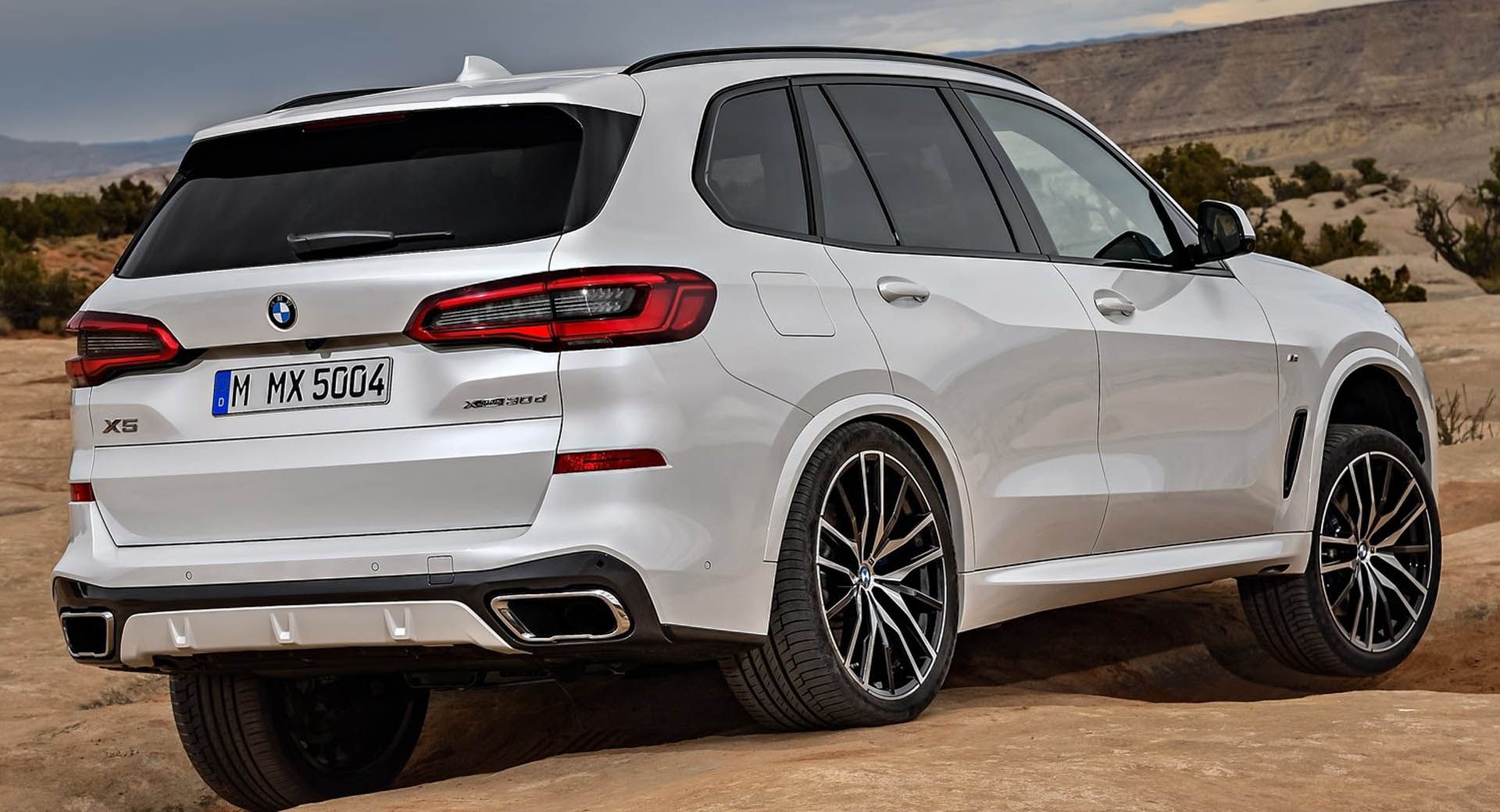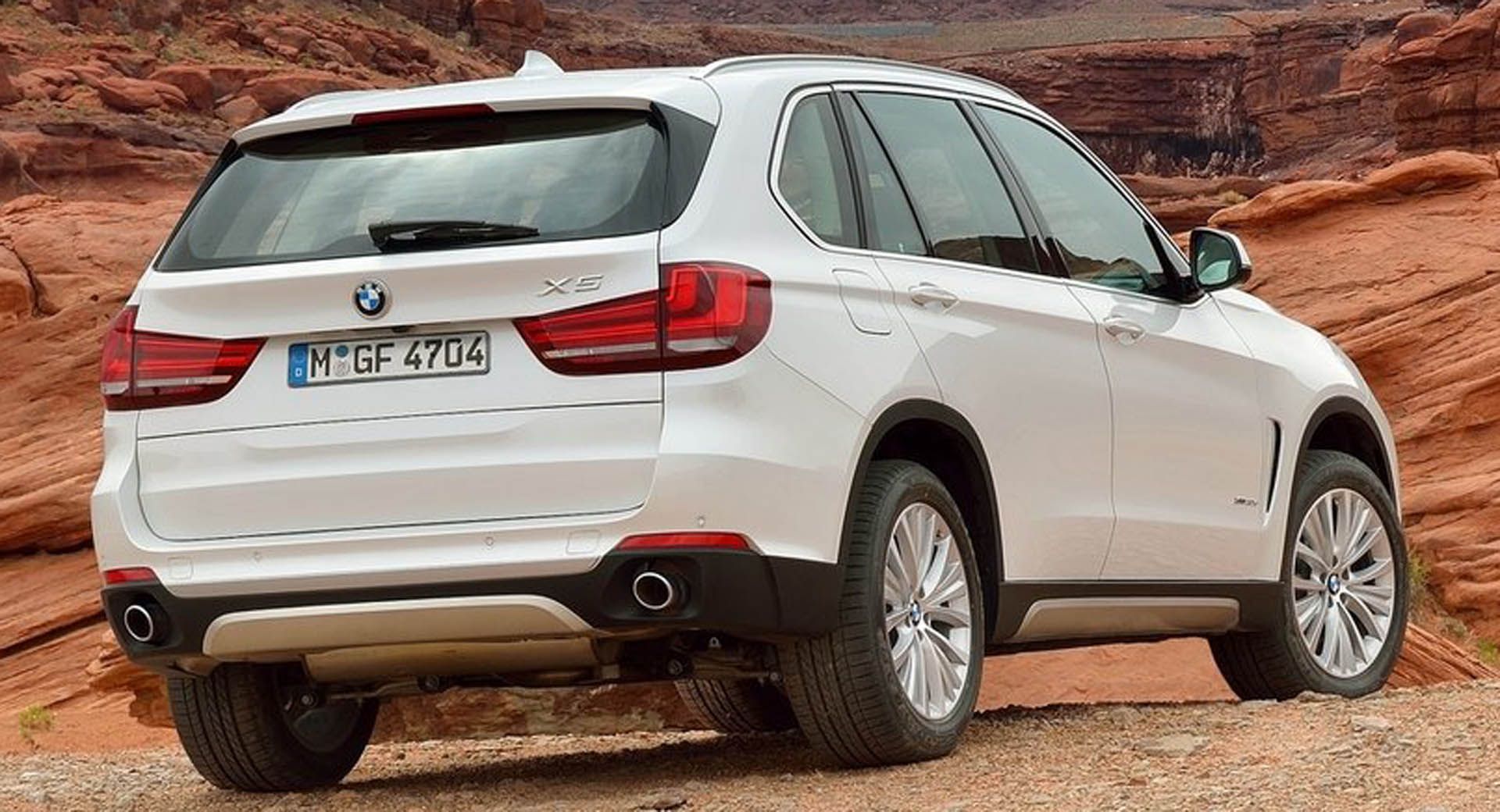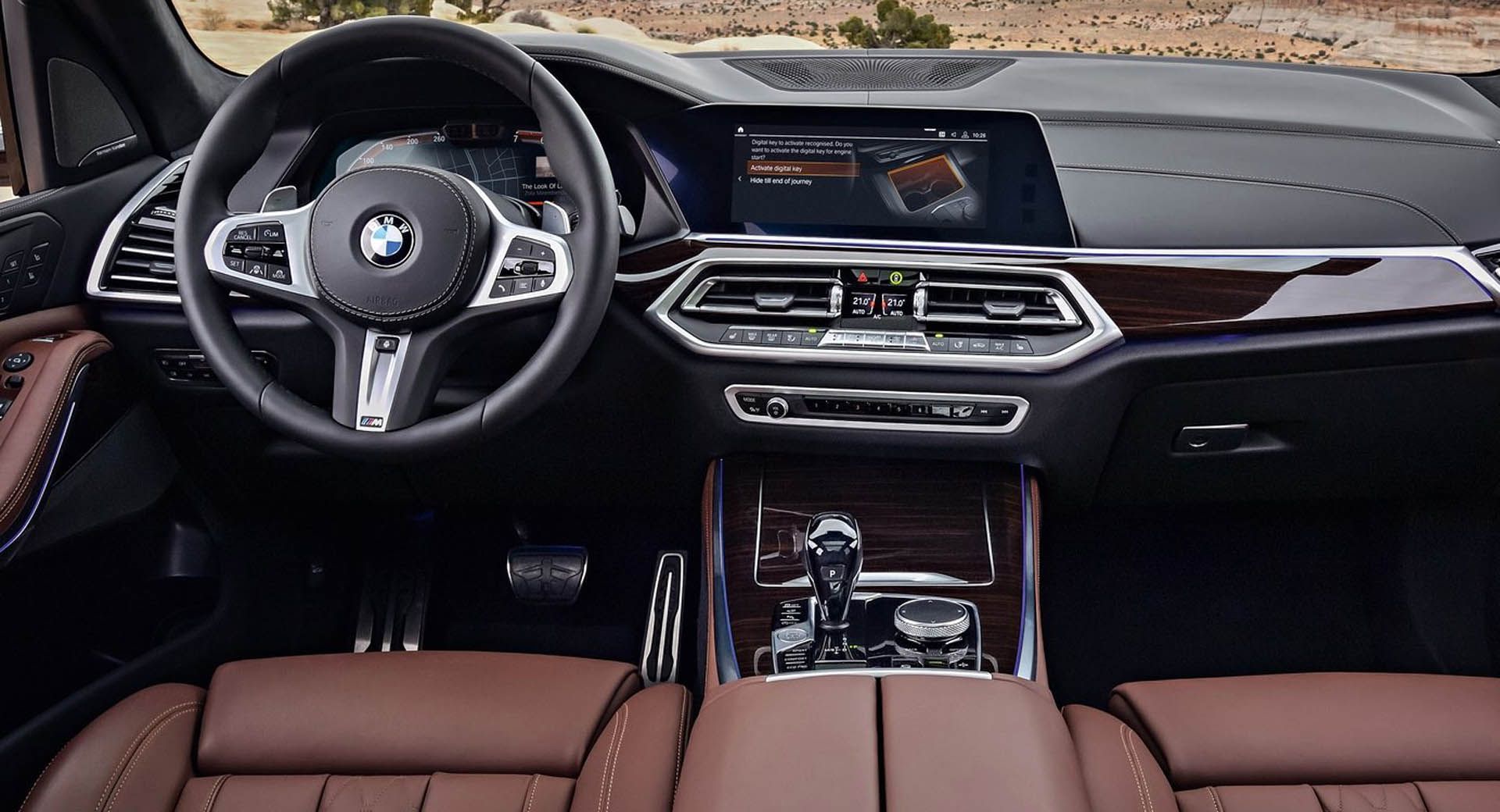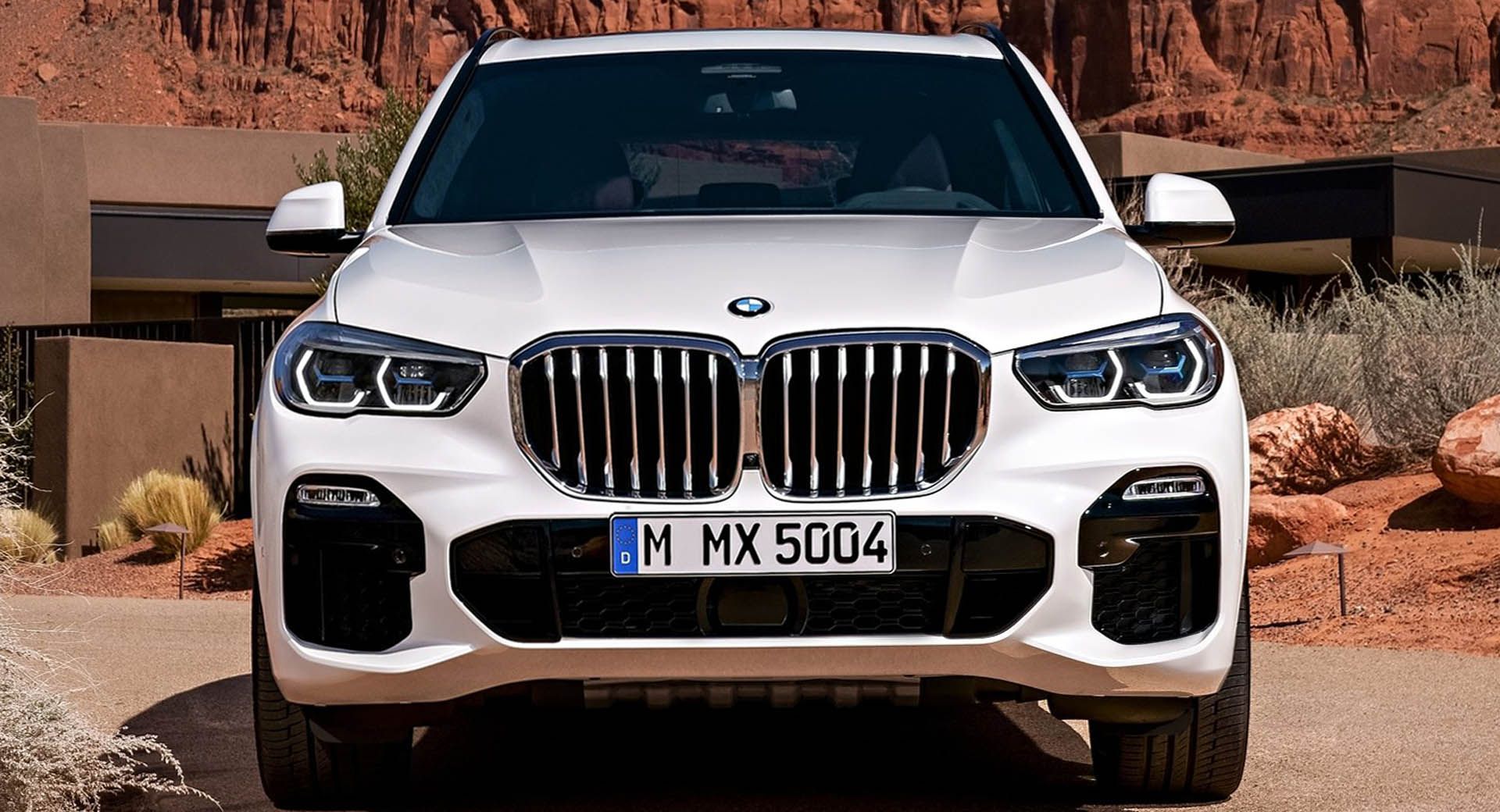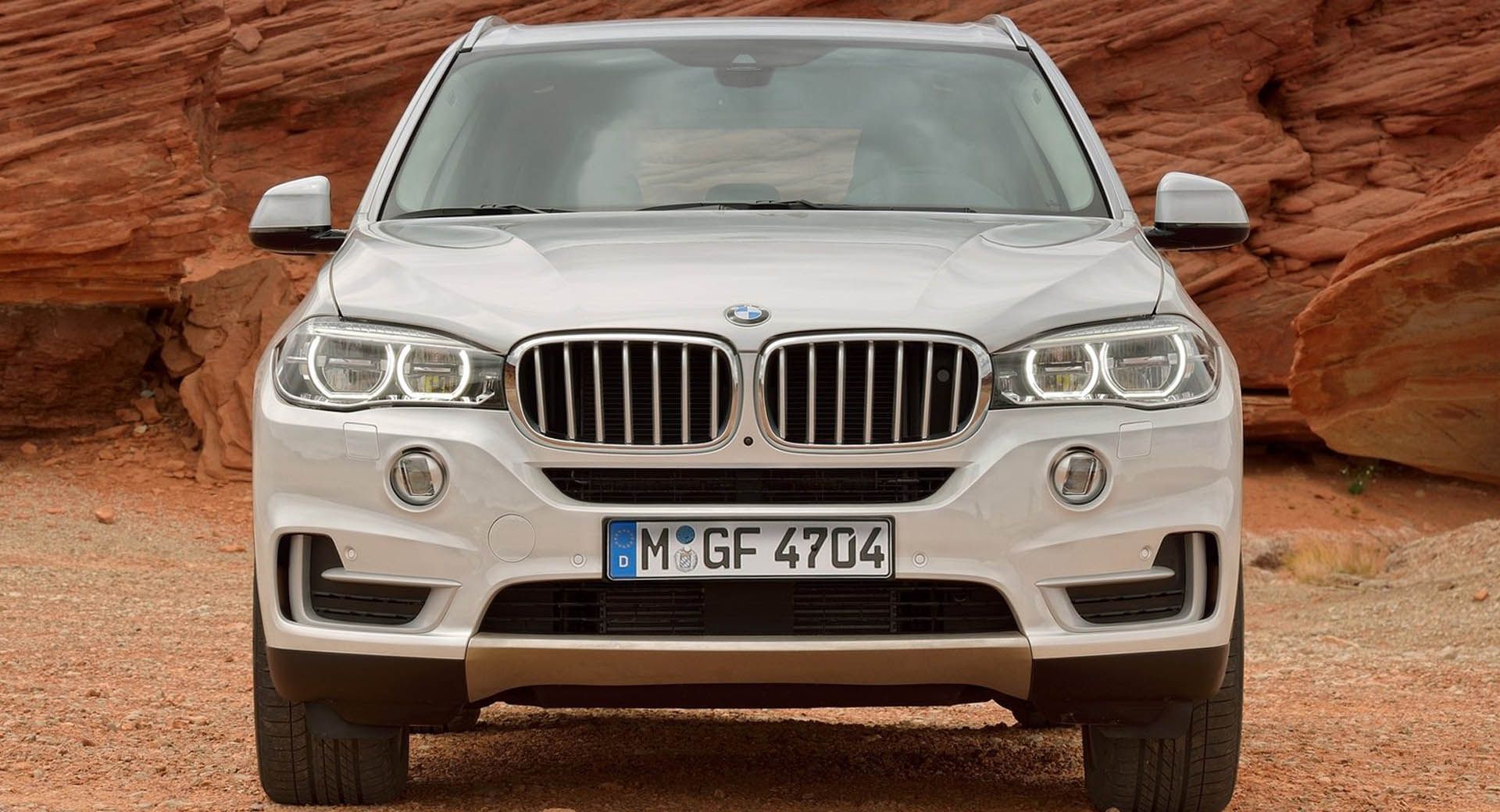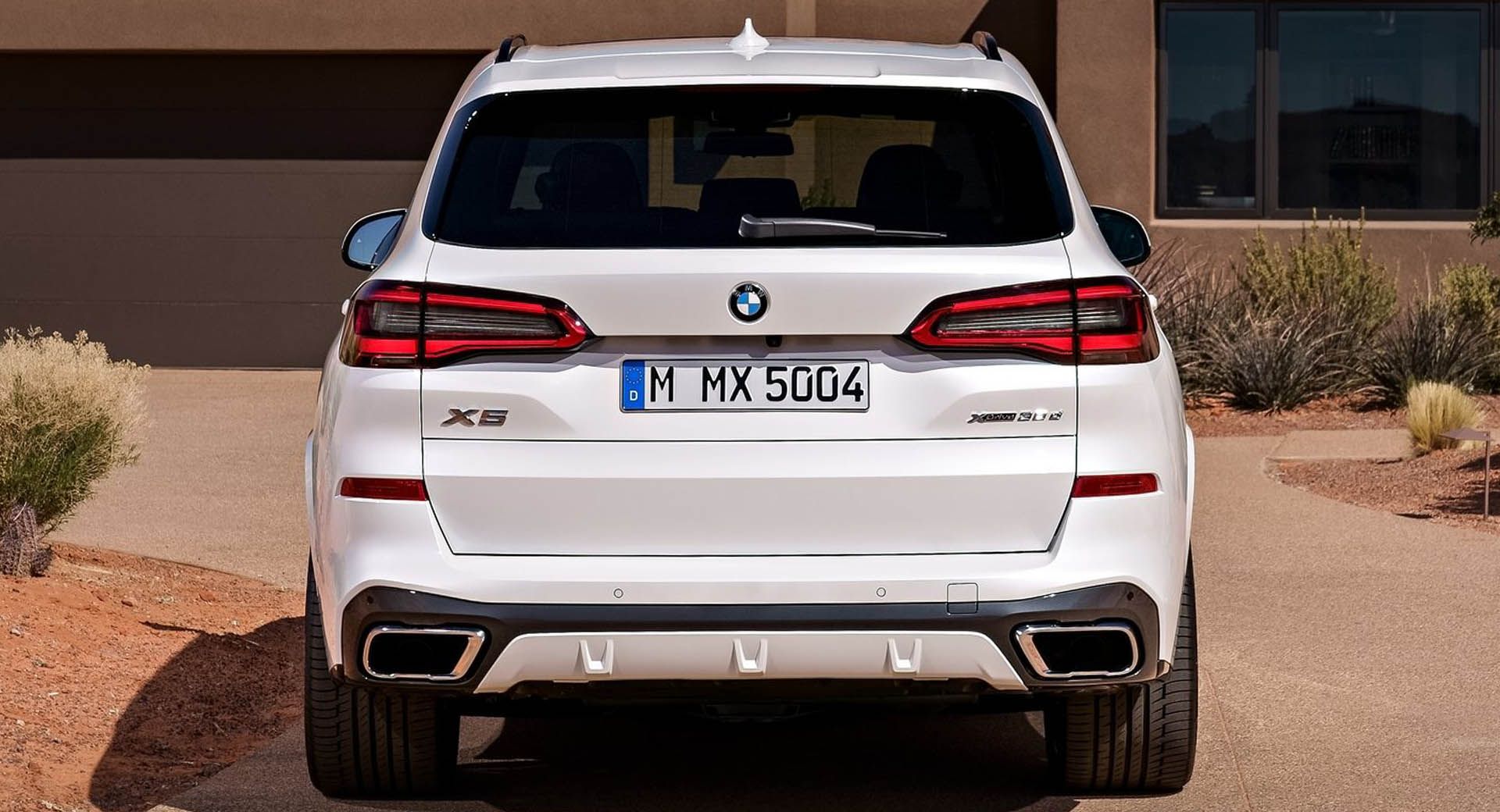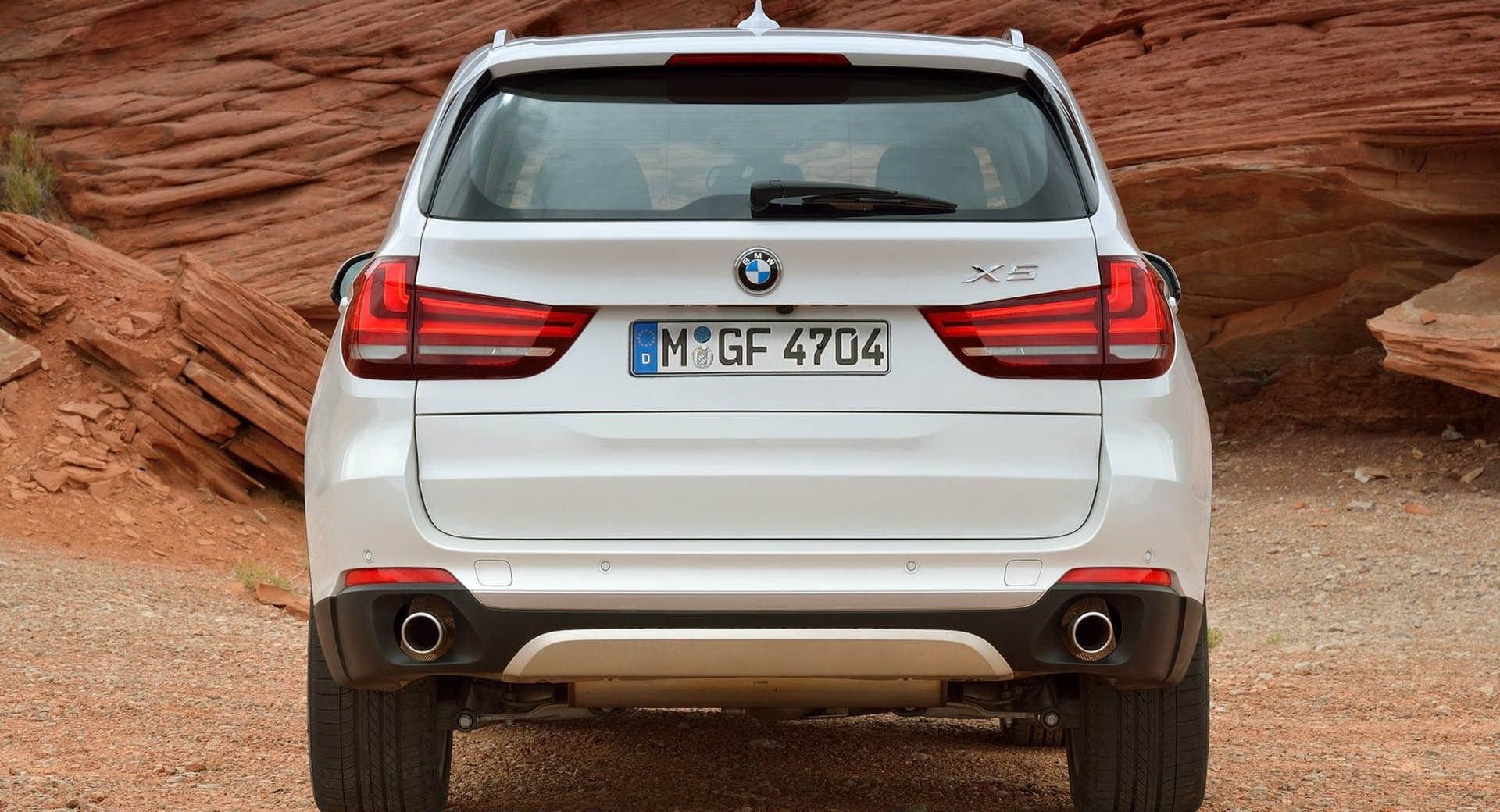Hard as it may be to remember, there was a time when automakers like BMW didn’t produce crossover SUVs.
For the Bavarian automaker, that time came to an end nearly 20 years ago when it introduced the first-generation X5 – just a couple of years after Mercedes launched the M-Class (now known as the GLE), a few years before Porsche rolled out the first Cayenne, and several years before Audi joined in with the original Q7.
Those times are long behind us, though – particularly for BMW, which has rolled out the X1, X2, X3, X4, and X6 in the years since. And along the way, it’s introduced several new iterations of the X5 that kicked it all off.
Bayerische Motoren Werke just revealed the latest of four generations of X5 just the other day. And like those that came before, it promises a significant improvement over the model it replaces. Not least of all stylistically. So take a ride with us down the dusty trails of the Bavarian countryside as we compare the new X5 with the outgoing model.
Bigger Grille’s Just The Start
The most immediately discernible stylistic difference between the third- and fourth-generation X5s is the grille. The new model’s twin-kidney aperture is noticeably taller, with bodywork separating it from the headlights (which are mostly the same shape as the previous model’s) instead of the area in between.
The ducts in the front bumper are bigger, too, with previous round daytime running lights now integrated into the front corner vents, and the horizontal intake between the grille and air dam divvied up between the higher and lower openings – all of which lends the new G05 model a more aggressive look over the previous F15.
The creases along the flank also seek to emphasize the wheels more, with more pronounced wheel arches, an upward arch in the character line above the rear wheels, and a more pronounced vent behind the front rollers. And though the greenhouse is largely the same shape, and still encompasses BMW’s signature Hofmeister kink in the D-pillar – but that dogleg starts a little higher in tandem with the emphasized rear wheel.
While the headlamps haven’t changed much in shape from one model to the next, the taillights most definitely have – and we’re not entirely sure for the better. Where the F15 mode’s lights carried a shape to the previous two iterations, the G05’s adopt a different outline entirely, and they remind us more of an American crossover than a German one. (Which may be just as well, because BMW makes most of its crossovers in the US, anyway.)
The rear bumper incorporates a more functional-looking channeled faux-diffuser, flanked by trapezoidal tailpipe finishers instead of round tips. The horizontally split styling of the tailgate has carried over, though, so there’s still a measure of aesthetic continuity there.
Familiar But Updated Interior
The manufacturer has yet to show us much of the new X5’s interior. But from what we can see, the environment ought to be familiar to existing owners considering trading in. Like the tailgate, the dashboard retains a distinctly horizontal layout to give it an expansive and spacious (as opposed to a more cocooning) look and feel.
Like the front end, the vents inside are more pronounced, though, with the HVAC controls framed together with the center vents and separated from the audio knobs – which may make it easier to operate without the driver taking his or her eyes off the road. As is the trend, the infotainment display is wider, and there’s a digital instrument cluster as well, mounted behind a slimmer-spoked steering wheel.
Taken all together, the styling of the new X5 strikes us as a marked improvement over the model it replaces. As well it should. With over 2.2 million units sold around the world over the course of its lifetime, the X5 is one of BMW’s biggest sellers –especially in the United States where it ranked last year second only to the 3 Series. In fact BMW sold more X5s here last year than the entire Mini brand, and even on styling alone, the new model ought to attract even more customers.



